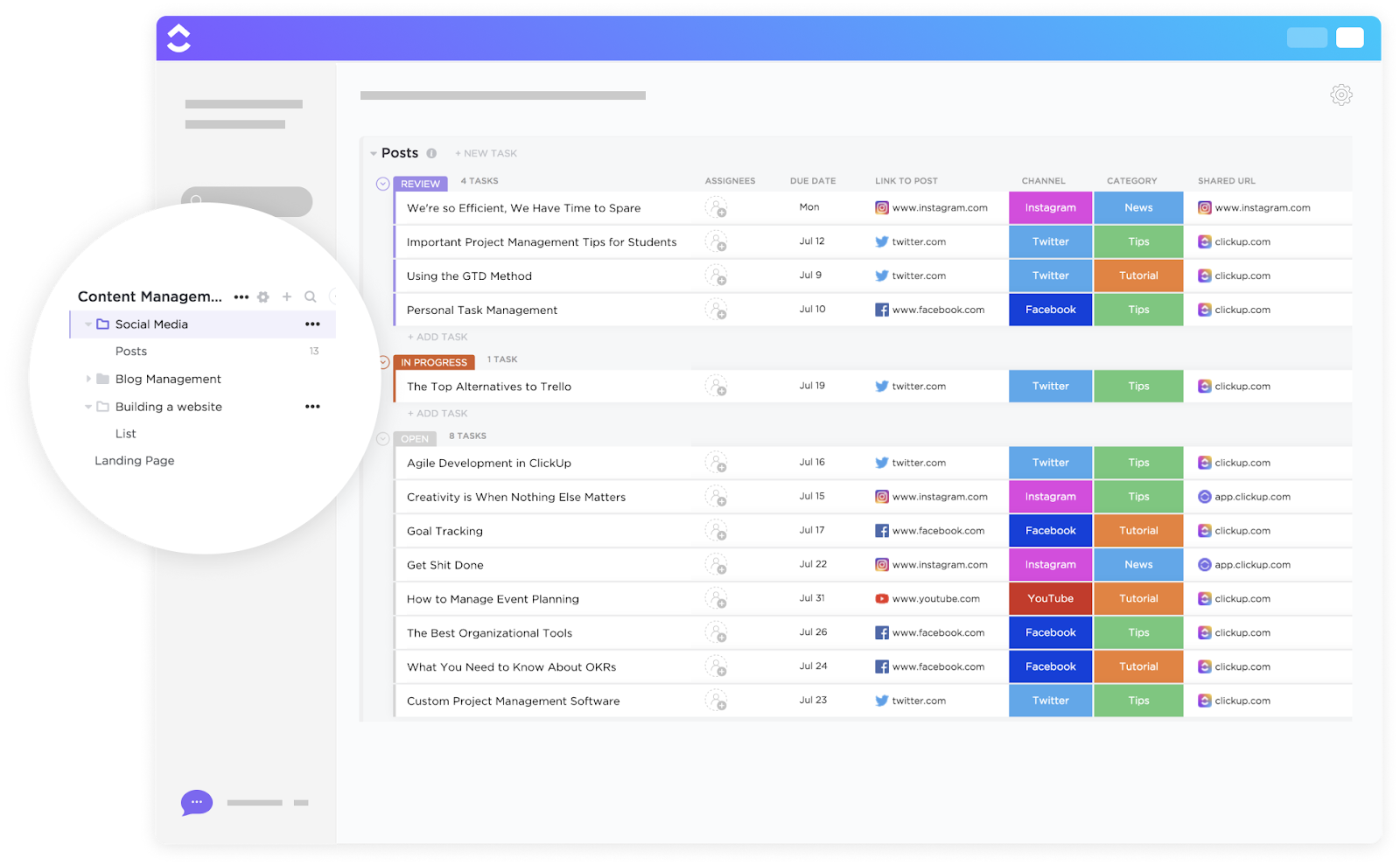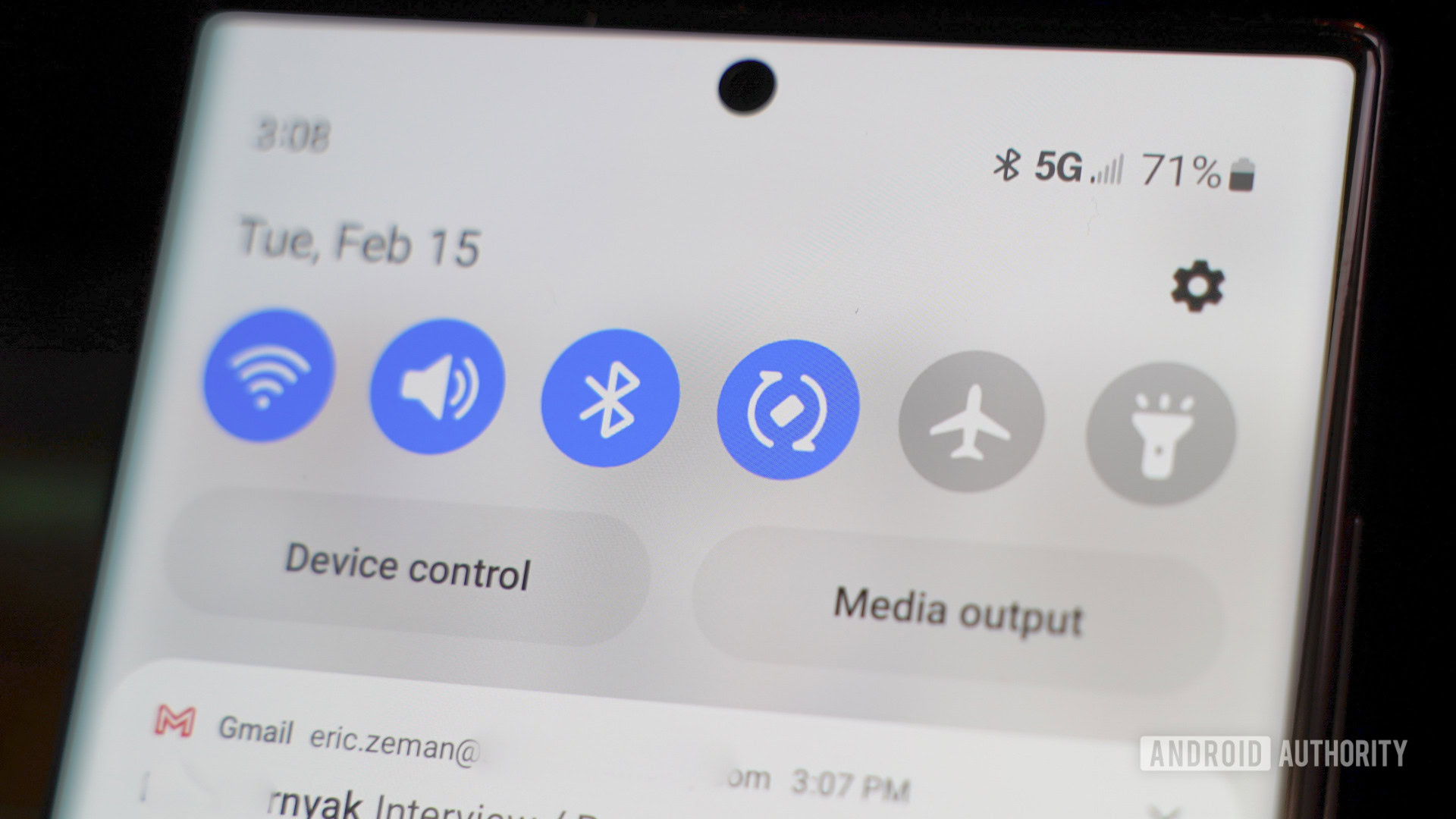A recent Kubernetes enhancement aims to future-proof cluster security against quantum computing threats. In a blog post, the Kubernetes community highlighted support for post-quantum cryptography (PQC) via a hybrid key exchange mechanism integrated with the Kubernetes Key Management Service (KMS) plugin system. The move signals Kubernetes’ first upstream step toward crypto agility in the face of evolving national and international cryptographic standards.
Quantum computing poses a long-term threat to encryption protocols like RSA and ECC, which are widely used throughout Kubernetes for TLS and X.509-based authentication. Researchers estimate that a quantum computer with around 1 million noisy qubits could break 2048-bit RSA in days.
While quantum computers capable of breaking these schemes may be years away, attackers could already be capturing encrypted traffic today to decrypt later—a scenario known as ‘harvest now, decrypt later’
To prepare, the Kubernetes project is ensuring the system can adapt as cryptographic standards evolve. This includes support for hybrid key exchange algorithms, allowing Kubernetes components to gradually adopt post-quantum secure schemes without breaking compatibility.
Since Kubernetes never encrypts data directly, it delegates this task to an external KMS provider. The changes allows these providers to perform hybrid key wrapping: a Data Encryption Key (DEK) is encrypted both with Kyber and with a traditional asymmetric scheme like RSA or ECIES. The encrypted keys are stored together, allowing compatibility with both quantum-resistant and legacy systems.
These changes rely on Go 1.24, as the cryptographic support for Kyber (X25519MLKEM768) is only available in newer versions of the language. This means PQC support is not just a feature toggle—it requires a conscious upgrade path and ongoing coordination with cloud providers and vendors across the ecosystem.
Earlier versions like Go 1.23 used a now-deprecated draft (X25519Kyber768Draft00), creating a risk of silent downgrade. For example, if a Kubernetes cluster built with Go 1.23 is accessed by a kubectl client using Go 1.24, incompatible PQC algorithms may cause the TLS handshake to silently fall back to classical curves like X25519, disabling post-quantum protection.
The move follows recommendations from NIST and the U.S. National Cybersecurity Center of Excellence, which advocates for dual-key mechanisms to hedge against both classical and quantum threats.
Kubernetes’ adoption of post-quantum cryptography reflects a growing trend across the tech industry. As the threat of quantum computing advances from theoretical to practical, major platforms are beginning to integrate quantum-resistant algorithms into production systems.
Last year, Meta announced that it had adopted post-quantum protocols for TLS using Hybrid Keys based on NIST’s Kyber algorithm. Cloudflare and Google have also been experimenting with post-quantum TLS in controlled environments. Meanwhile, the U.S. government has begun requiring certain vendors to meet post-quantum readiness standards for federal systems.
These examples underscore the growing momentum behind preparing modern infrastructure for a post-quantum world—something the Kubernetes project has now taken an early step toward.










